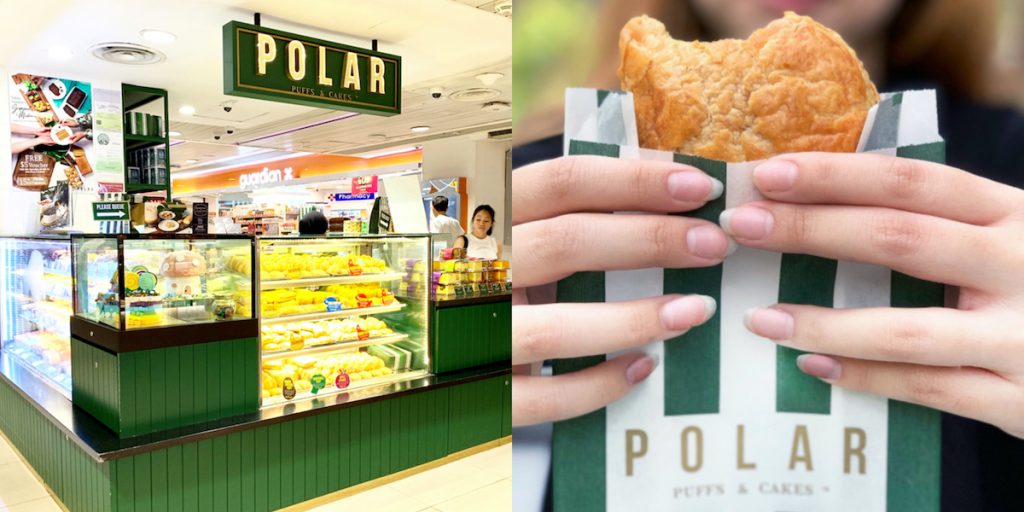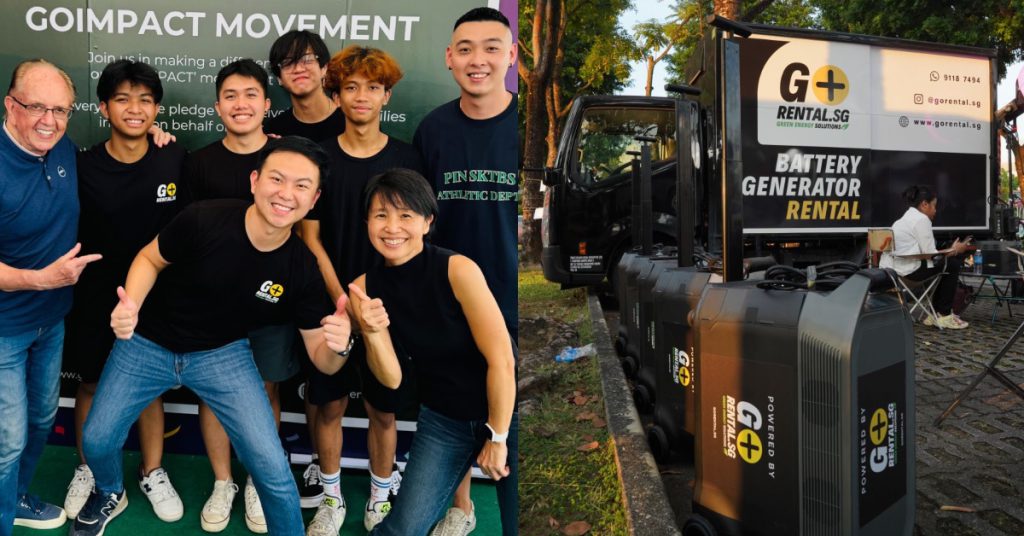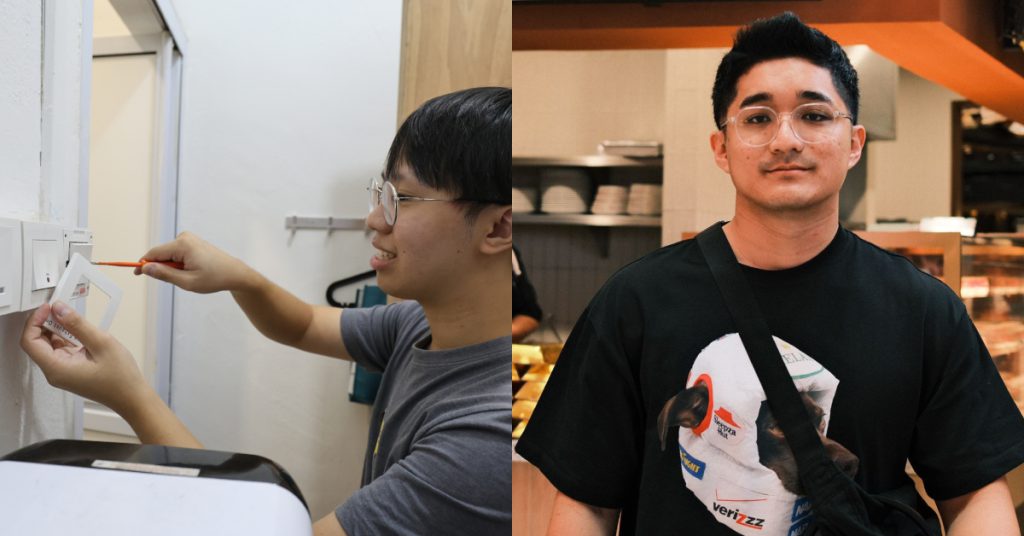In close to a century, homegrown confectionery manufacturer and retailer Polar Puffs and Cakes has only shut its doors once.
The pastry business has remained open through international crises, including the Japanese Occupation (1942 to 1945) and the SARS epidemic (2002 to 2004). The Covid-19 outbreak is no exception.
Retail outlets were closed, cakes were classed non-essential, and production was cut 80 to 90 per cent, says Francis Looi, CEO of Polar Puffs and Cakes.
But unlike other F&B retailers, portions of Polar businesses remained open at several of the 165-odd convenience stores the brand is located in, and at bistro outlets in healthcare institutions like the Singapore General Hospital.
“We were blessed. We never had an obstacle so bad that we needed to shut down,” he remarks.

There was also no retrenchment exercise or pay cut, with employees receiving a full salary. Employees stuck in Malaysia because of Singapore’s border lockdown remain under the care of the company, Francis clarified.
The brand was also the first to implement a pay-it-forward program during the circuit breaker, implementing special discounts for healthcare workers.
“It was the right thing to do during the pandemic. We should support our team as they have supported us.” says Francis.
It Only Closed Once Over The Years
Polar has undergone a series of transformations since its inception in 1926.
Originally named Polar Cafe, the first Polar shop was run by Hong Kong immigrant Chan Hinky, which was located in the middle of Singapore’s bustling city-centre at 51 High Street.
Polar Cafe quickly grew in popularity among the expat and white-collared workers in the area, stocking everything from its iconic puffs and pastries to milkshake bars and carbonated drinks.

The only time Polar ceased operations in close to a century, was when it was evicted to make way for new developments in 1986.
“Polar was hijacked by modernisation, despite surviving a war,” says Francis, laughing.
The business soon reopened at a new outlet in the UOB Centre at Raffles Place a few months later, and the company’s turnover hit S$1.6 million in 1987.
From Colonial Relic To Modern Business
Despite the reopening, growth slowed between the 1970s and 1980s. “We were still stuck in the older era, plodding along and just making ends meet,” says Francis.
The business started to turn around when Polar shifted away from a cafe to a takeaway model, entering a supply partnership with Exxon Mobile in 1996.
This allowed the brand to expand from a single storefront to multiple distribution points at convenience store counters in Esso Service Stations islandwide.
At the same time, Polar expanded its retail network into several malls around Singapore, which increased its distribution network and exposure to the public.
Today, the brand has expanded to over 190 locations in Singapore — 30 are retail outlets that sell directly to consumer in malls, and approximately 165 outlets are part of partnerships with businesses.
This includes working with resellers, schools and convenience stores like Cheers, Esso, SPC, Shell, and more.
Despite Covid-19, Polar is actively expanding says Francis. The brand will be “moving into the community” by collaborating with mom and pop stores.
Polar will be utilising their community partners’ excess kitchen space to achieve last mile delivery, facilitating the supply of Polar confectionery to nearby B2B partners.
Proud To Be A Heritage Brand Of S’pore
By 1998, Polar Cafe shed its cafe concept and rebranded itself into Polar Puffs and Cakes.
In 2005, Polar was even named a heritage brand and recognised as a “superbrand” in Singapore the following year.
“(Polar pastries) have been shared from parent to child. It’s common, but uncommon enough that you know it’s Polar once you eat it,” says Francis.
Polar’s most iconic pastry is its curry puff, which won the title of Singapore’s best curry puff in 2015.
A secret recipe passed down through generations, the Polar curry puff is beloved for its French-style pastry that’s buttery and flaky, fused with a traditionally Asian filling.

While Polar products are instantly recognisable, they’re able to evolve with every generation.
Francis makes a valid point when he says that Polar doesn’t seem to age: “If I didn’t tell you Polar is 94 years old, you wouldn’t think it. People assume that Old Chang Kee is older, but that’s not true.”
He adds that the brand is big on R&D efforts.
Every day, Francis conducts three store visits to taste-test Polar pastries. In the same vein, the entire Polar staff survey over 10 new Polar creations every two weeks.
“You have to really love cakes and food to be in Polar,” Francis remarks.
In 2006, Polar was reported to have over 100 varieties of pastries and cakes.
Francis recounts being pitched products that include century egg cheese cake, varieties of mala, salted egg, hae bee hiam pastries, and a variety of mooncake.
Keeping Up With The Times
However, it’s not enough to just bake delicious pastries. Polar wants to be “integrated into the community,” says Francis.
He adds that the brand is big on customer service. Since 2013, Polar is one of the few F&B brands in Singapore to institute a return and refund policy for its products.

Polar also has the largest range of licensed character cakes in Singapore. It collaborates with popular franchises like Marvel, DC and Pixar to target brands that children grow up with.
It’s a smart way to capture a younger demographic.
“We started the trend (and) it (has) strengthened our position with families,” says Francis, adding that the marketing strategy helps the Polar brand name live on across generations.
Keeping up with the times, Polar has since gone digital and has several marketing campaigns planned for next twelve months.
For one, Polar will be launching a digital competition for home cooks, with a chance to have their creations featured and sold under the Polar brand if they win the challenge.
The goal is to create a platform for aspiring bakers, and provide opportunities to enter the industry.
The Stewardship Of The Chan Hinky’s
Polar currently bakes over eight million pastries every year, and generates up to S$30 million in revenue.
“That’s still a small number,” says Francis. “We have to grow (further). We have to grow (further). We have a commitment to improving our wages and the lives of our colleagues.”

According to Francis, Polar constantly brings in new blood but over 40 to 60 per cent of its work force are middle-aged.
Polar has no retirement and retrenchment policy, and has a life-long working plan, says Francis. That means that the brand has to “take into special consideration the needs and concerns of its team.”
The role of the CEO is to act as a “steward” taking care of the business on behalf of the Chan Hinky family, he explains. The company is governed by a family board with the CEO leading day to day operations.
Polar is guided by three principles: “Run Polar as best as you can, keep it a family, and keep the price of products affordable to the general public.”
In accordance with his directives, Francis has launched a wage system that pegs the CEO’s salary to the lowest paid in the company, which he hopes to increase to at least S$2,500 a month.
This will ensure the CEO works for the company and establishes continuity for the family, while improving the life of the staff.
Over the years, Polar has remained open through World War 2, SARS, and even COVID-19. It doesn’t plan to break its streak anytime soon.
“We’re intertwined with Singapore’s eating culture,” says Francis. “Ours is a brand that works very much ‘out of sight’ and ‘not very loud’, but you know we are there.”
Featured Image Credit: Capitaland / Polar Puffs & Cakes










